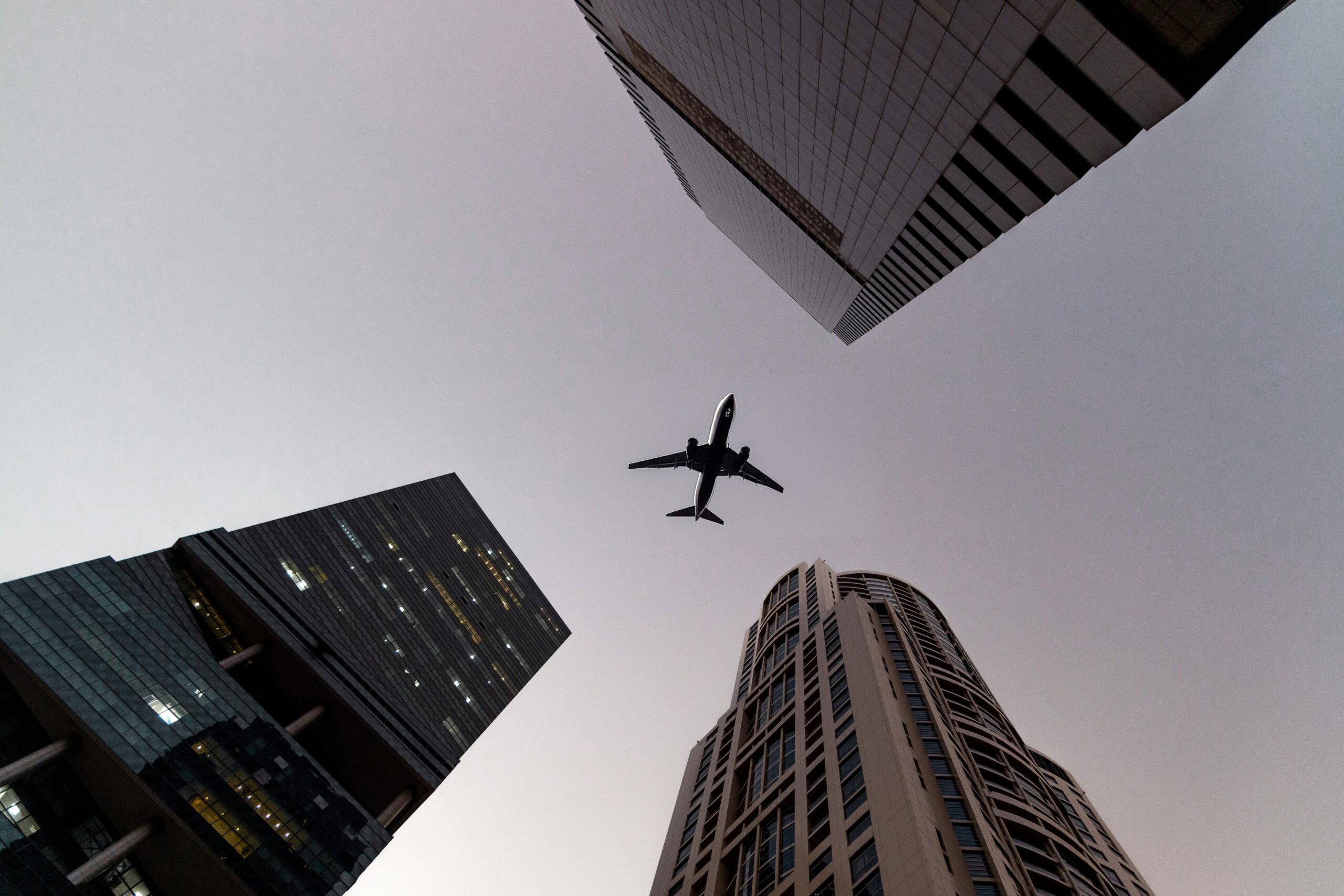Dubai is widely known as a global business hub. Located at the crossroads of Europe, Asia, and Africa, it’s the ultimate destination for trade and logistics. Consequently, it handles high volumes of both inbound and outbound air freight. Dubai International Airport (DXB) and the emerging Al Maktoum International Airport (DWC) have become pivotal gateways for air freight to Dubai and air freight from Dubai in the UAE. And this is partly due to the integration of cutting-edge technologies, such as artificial intelligence (AI), automation, and robotics. So, what are the air freight trends coming from the UAE that we all need to be aware of?
How the UAE is Changing the Future of Air Freight
AI-driven inventory management
In 2023, both of Dubai’s airports implemented an AI-powered Material Requirement Planning (MRP) tool to enhance inventory forecasting accuracy. In its first 12 months, this system was shown to enhance accuracy by 30%. Reduce excess stock by 12%. And boost efficiency by 400%, through automated ordering processes. It also decreased maintenance downtime by 82%. The overall take home is that AI can change the way that airfreight works.
Drone technology
In 2021, dnata became the first leading ground services provider to utilise AI-powered drones for inventory checks. Equipped with computer vision to conduct inventory checks across 2,400 rack locations at DWC, the drones process approximately 1,800 shipments daily with over 99% accuracy. The result is reduced manual labour and operational errors. With a significant uplift in overall productivity.
Robotics and autonomous vehicles
Thousands of goods are processed by airports on a daily basis. To streamline this and enhance sustainability, Dubai Future Labs partnered with DP World, Emirates, and dnata to develop intelligent, autonomous electric vehicles (E-CAVs) for terminal operations. These vehicles provide a sustainable, efficient, and safer alternative for transporting, handling, and storing goods across port operations. Emirates is now looking into rolling out autonomous baggage transport and pallet systems to streamline cargo warehousing processes.
Al Maktoum International Airport
Al Maktoum International Airport is growing. $35 billion expansion plans are underway, with the facility ultimately intended to replace DXB. When complete, DWC will feature five parallel runways, 400 aircraft gates, and the capacity to handle up to 260 million passengers annually. It’s a physical representation of Dubai’s commitment to enhancing its logistics infrastructure to accommodate growing global trade volumes.
What Air Freight Trends Are We Seeing Coming Out of the UAE?
Dubai’s investments in AI and logistics technology are not only modernizing airport operations but also reinforcing its position as a key player in global air freight. The integration of advanced technologies facilitates efficient cargo handling, reduces operational costs, and improves service reliability. These developments make Dubai an attractive destination for businesses seeking streamlined air freight solutions. And there will be more to see in the coming years.
- The integration of autonomous cargo drones – The UAE is mapping air corridors for cargo drones, with plans to launch air taxis and drones by 2026.
- Sustainability – Dubai’s logistics sector is focusing on reducing its carbon footprint by 50% by 2030. Electric ground support equipment will play a part in this.
- Expansion of digital freight – The development of digital platforms like Dubai Trade and Digital Freight Alliance is streamlining trade processes.
Thanks in part to its strategic location, and in part to its proactive approach to adoption emerging technology, Dubai is leading the way in the evolution of air freight. This is not only setting a new standard in the logistics industry, but making it simpler for exporters and importers from around the world – including the UK – to do business within in the territory.
Are you looking to move goods between the UK and UAE? Find out more about how Plexus Freight can help.


